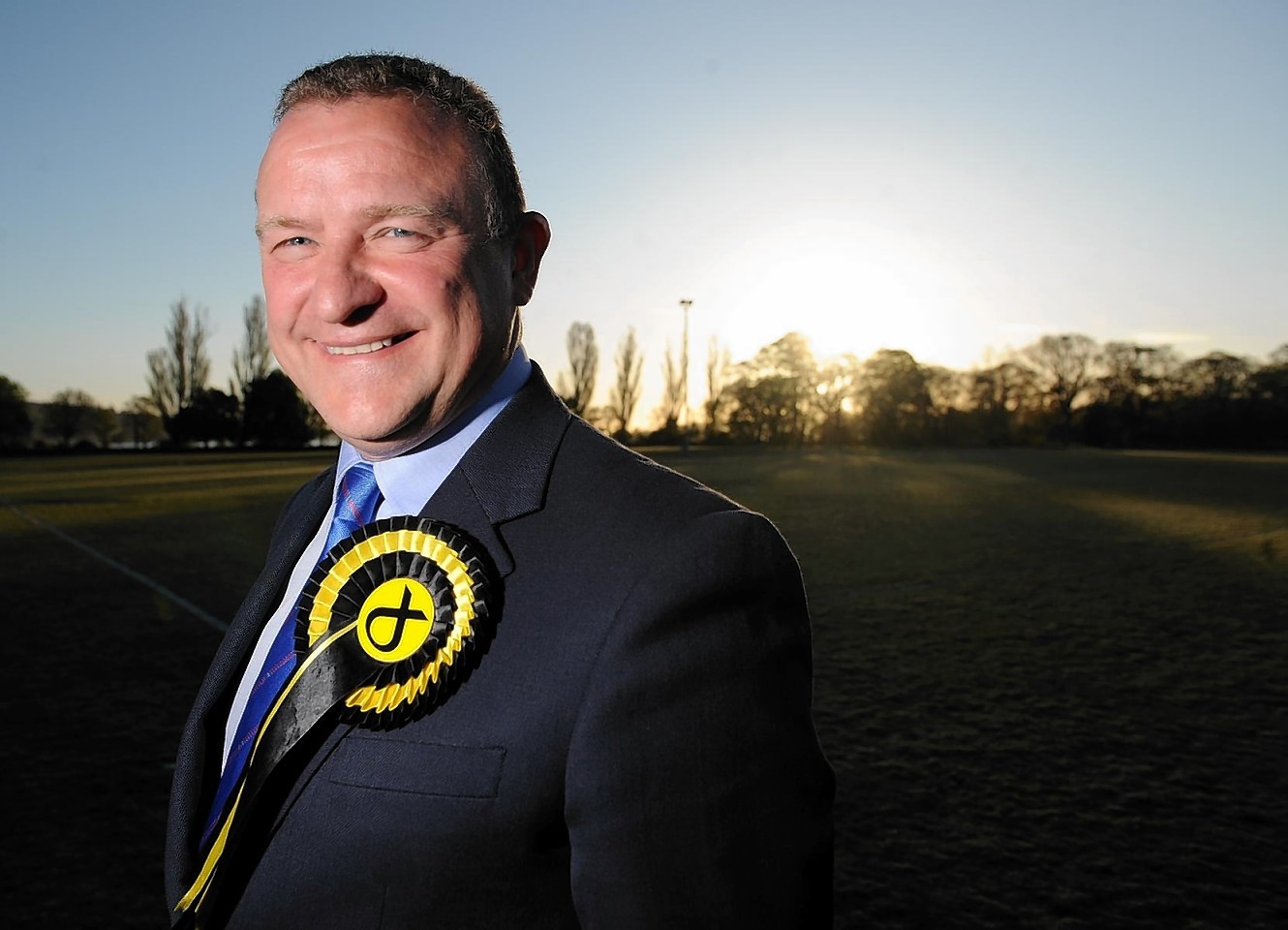There is much anticipation that a £300million City Region Deal could be the making of a new Inverness. The region’s new MP, Drew Hendry, explains why he believes it can.
When I started the process for a city deal between the UK and Scottish governments it was clear that this had the potential be a “game changer” for the Highlands.
The Scottish Government committed to meeting its half of the deal immediately.
So while the recent announcement by the UK Government’s Secretary of State for Scotland David Mundell of a £3million investment for city-centre projects in Inverness last month was, of course, welcome, it is important to remember that it is a mere 1% of the figure that I set as a minimum target.
That’s why we all need to keep the focus on the UK Government to fully deliver on their promises.
Having an older population represents an opportunity that few mention very often.
It is appropriate that the theme of the Highlands’ approach is “a region for young people” and the new university campus is also a chance for us to further arrest the numbers of young people moving away from the north.
A fully-formed City Deal delivering in excess of £300million will be the signal that we can own the potential and bring forward truly transformational projects for the region, creating jobs and opportunities as well as enhancing the experience for visitors and people who live and work here.
It presents us with the opportunity to take a holistic look at the city we want to live in and to develop our infrastructure around that vision.
Infrastructure and connectivity projects must be planned for instead of reacted to. We need to break the cycle of development being tacked on, or worse, leaving gaps never to be filled.
With the right effort and engagement, we can anticipate the needs of those who work and live here, now and in the future.
Nobody understands the problems and opportunities better than those who have to cope with them every day or who use the bus to get to and from the city centre.
Traders in and around the Victorian Market will have the best ideas on how to increase footfall near them and there are certainly no better people to tell us that the castle should be a tourist attraction than the people who pass it every day.
Yes, the City Deal offers an opportunity to resolve infrastructure issues, however, it must, first and foremost, be a citizens’ project, led and developed to take into account the needs of all those who need to live in, use and to link in with the city.
The vision must have the people at its heart.
As a start, I was certainly encouraged by the level of ambition for our region at a City Region Deal workshop I attended by people from all walks of life, hosted by the Inverness Chamber of Commerce.
There is the potential to build on infrastructure which connects the landward and rural areas and this should be the aim.
We will need park and ride points, much better bus services and continued investment in promoting cycling and walking.
The larger projects, such as the international-standard sports hub, must have healthy outcomes for people across the Highlands as a core aim.
However, one thing is very clear.
In order to make our vision for the region a reality the UK Government must make a formal commitment to the whole £300million-plus deal and this start must not just be a token effort.
The Scottish Government has already confirmed it will match-fund the UK Government’s contribution, therefore I have already written to Chancellor George Osborne to ask him to confirm that he will finally commit to 100% of the deal.
